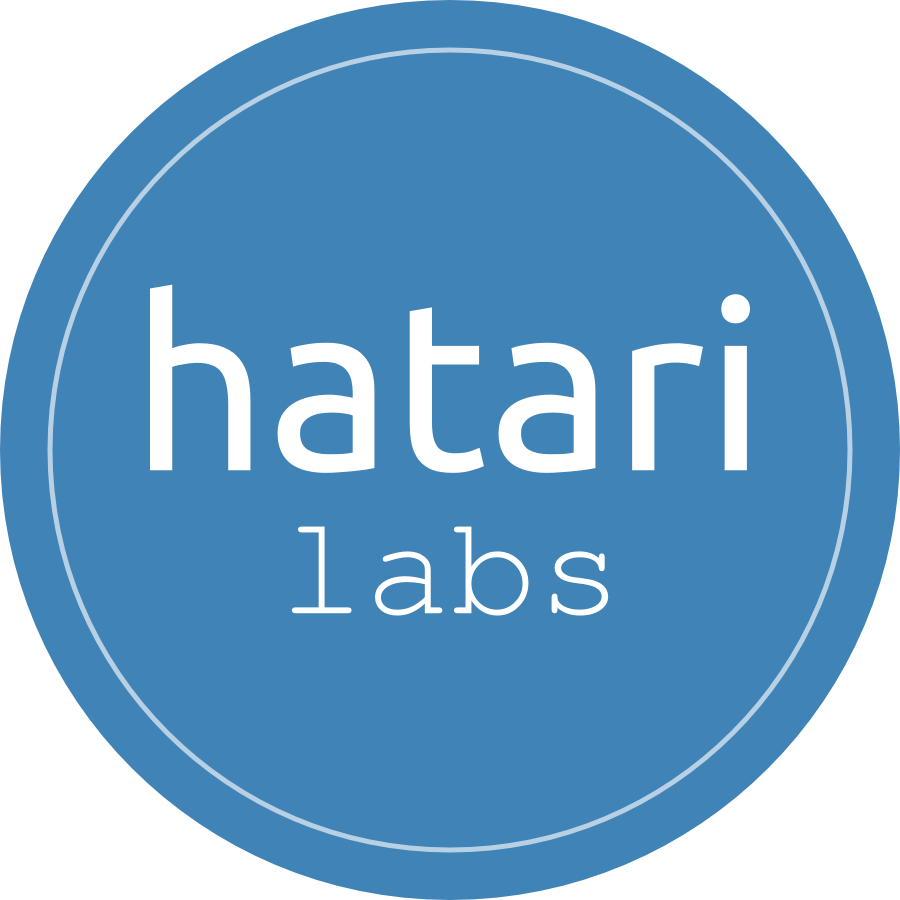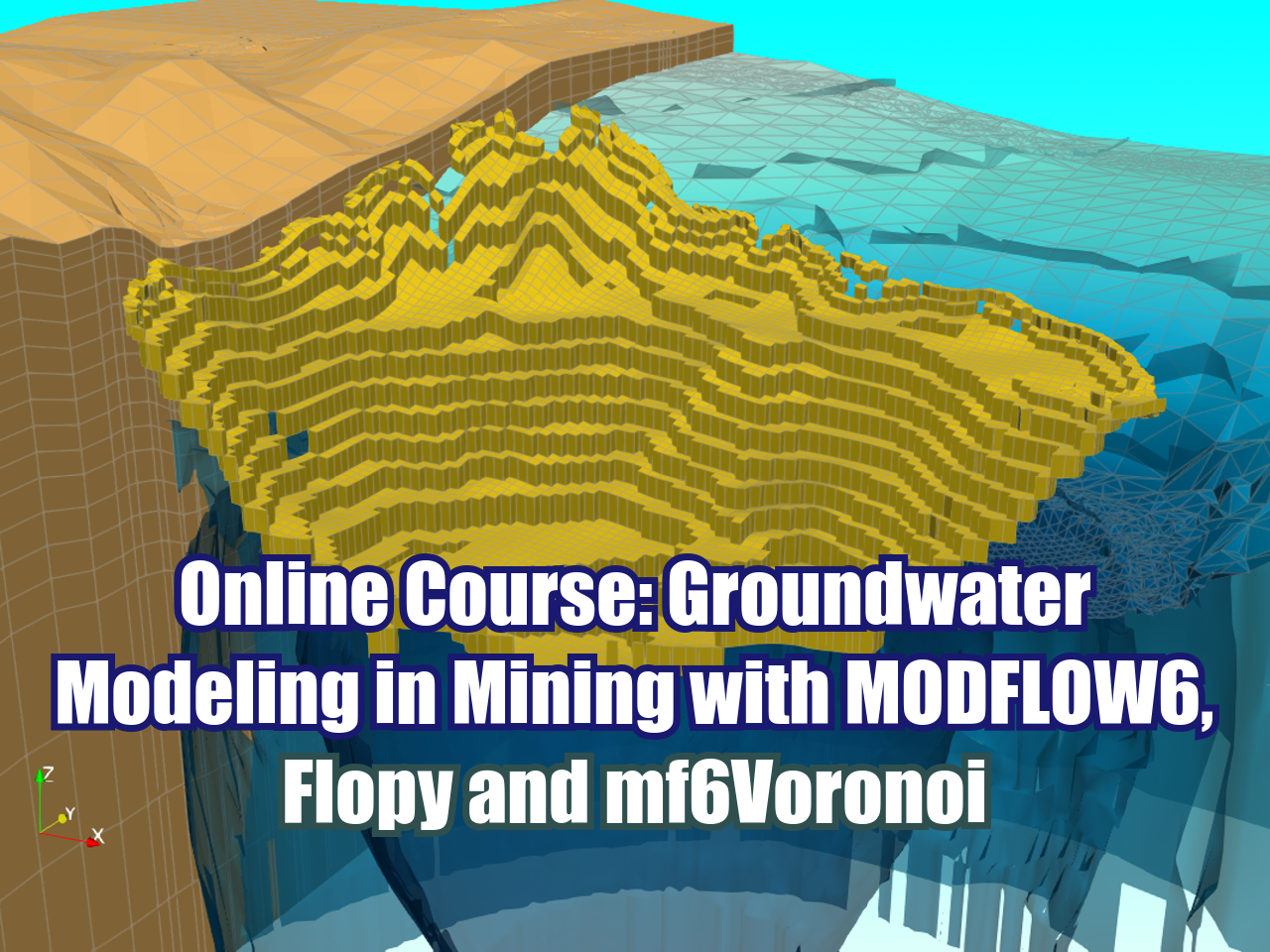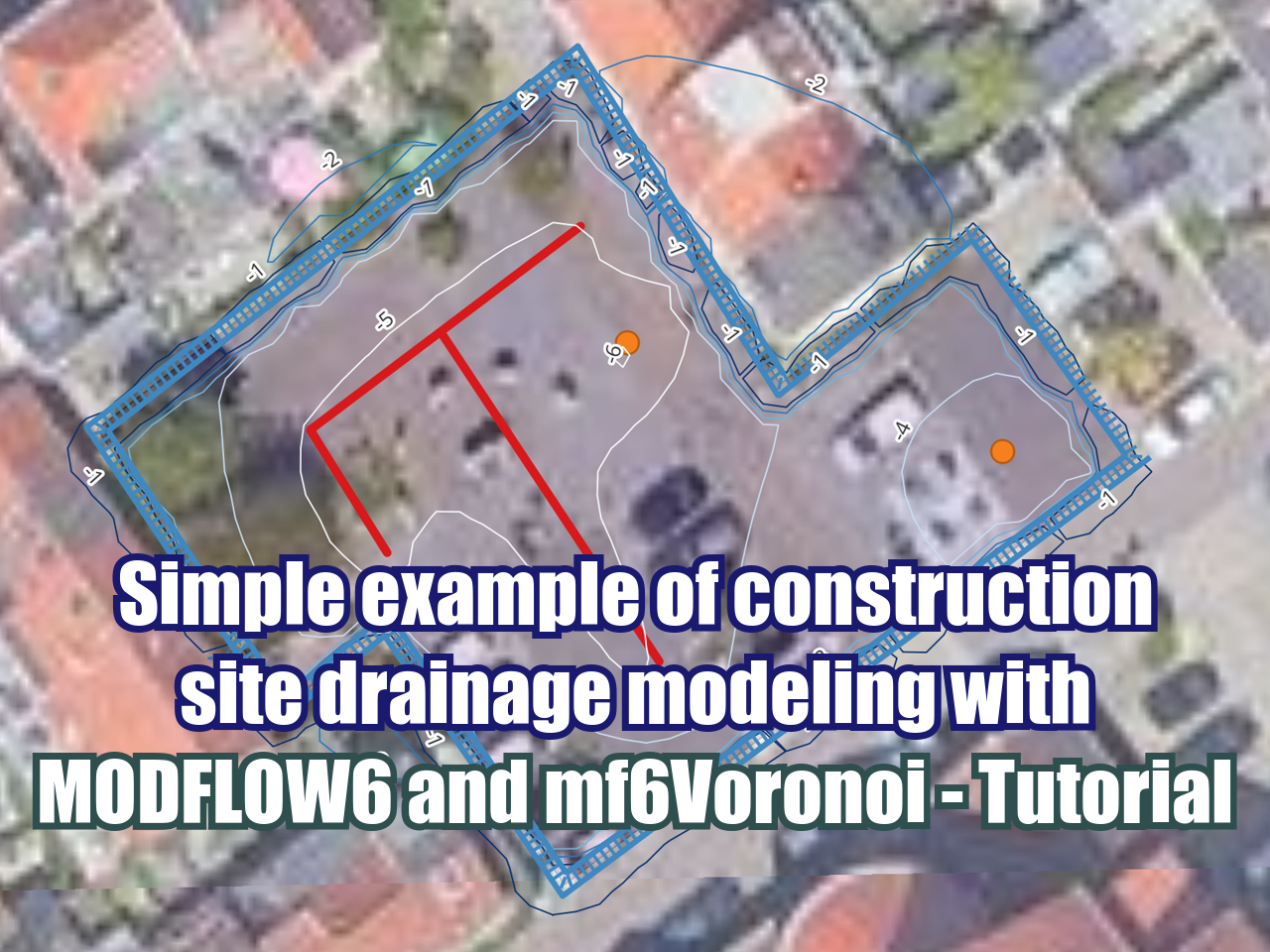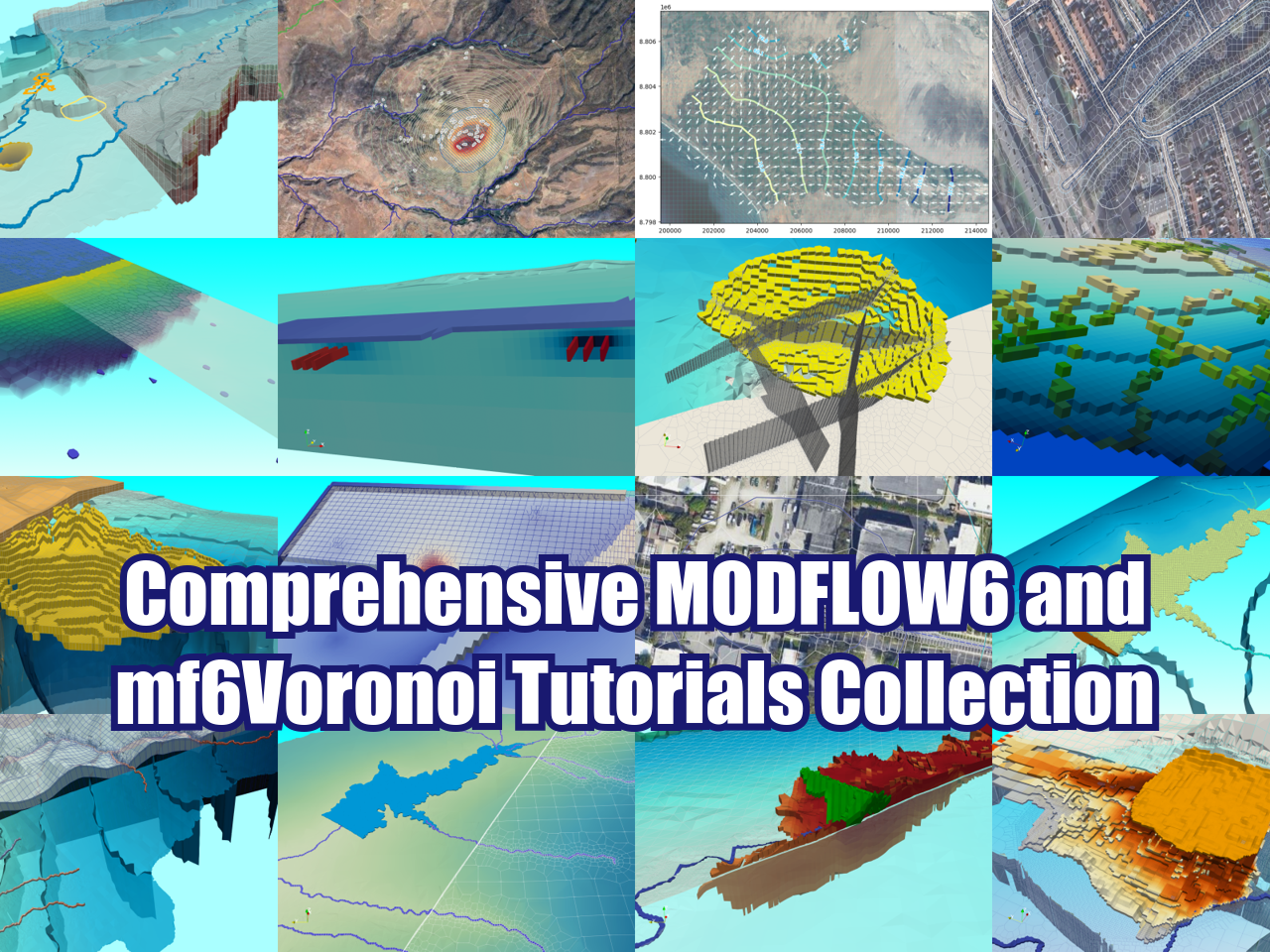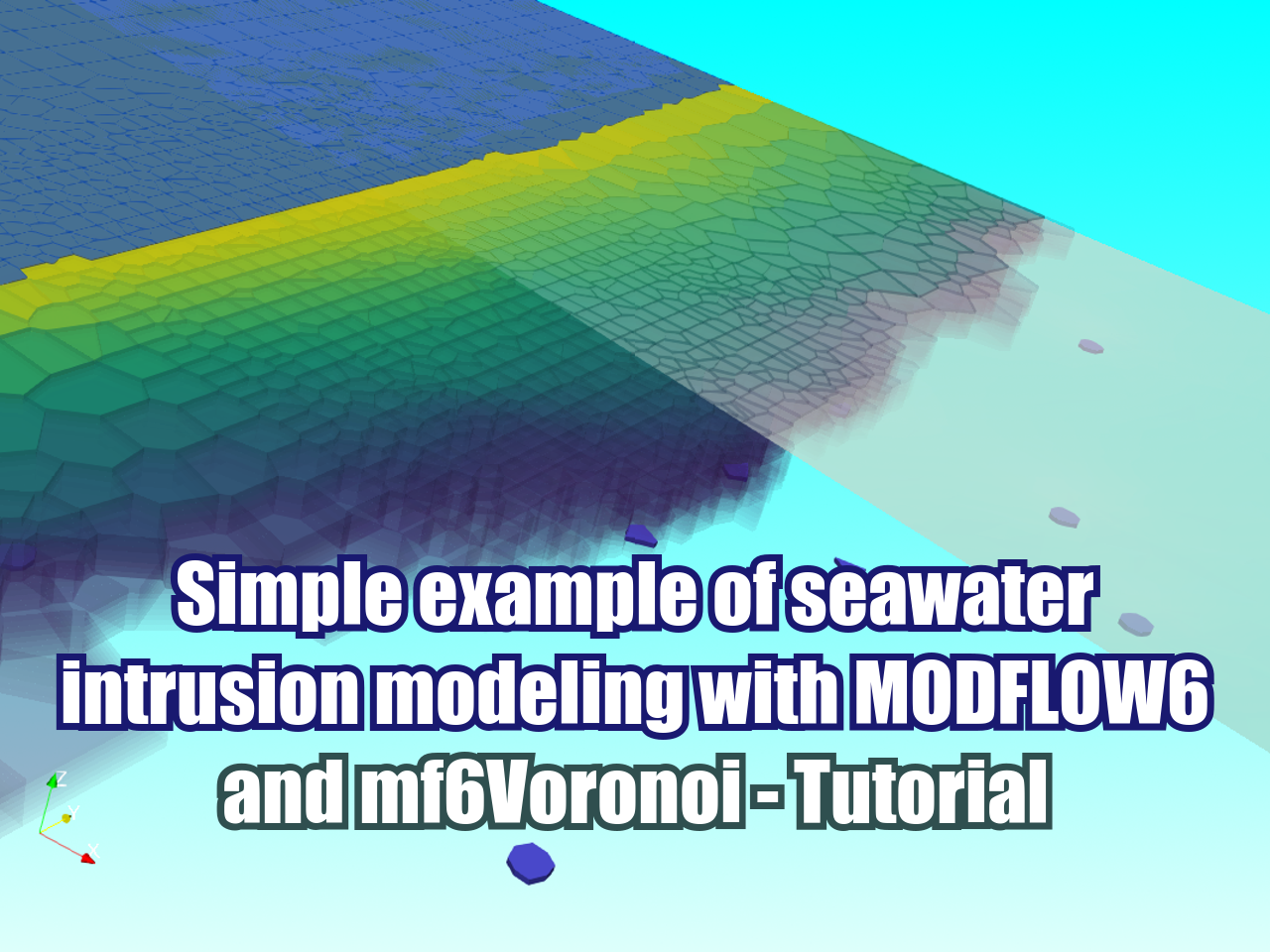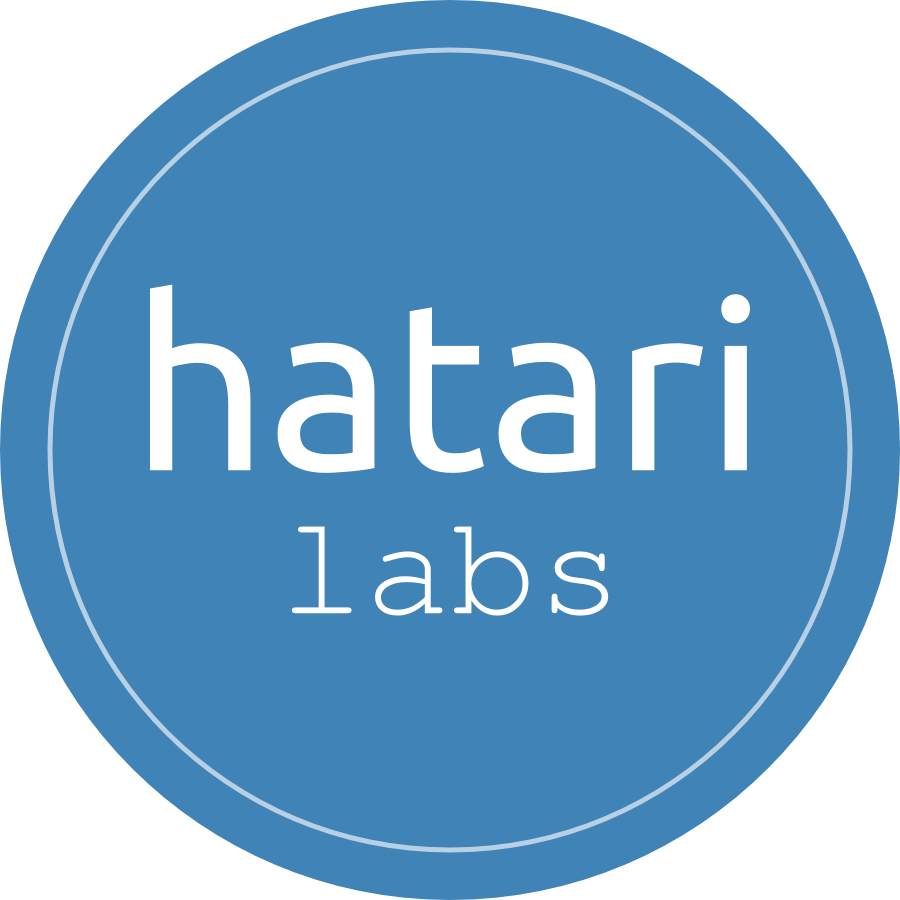Regional Groundwater Modeling with MODFLOW and Flopy - Tutorial
/Regional groundwater modeling is an important task on a strategic water management that involves all users, activities, and involved ecosystems and provides a sustainable use for current and future conditions. There are some specific considerations on the regional modeling with respect to baseline and spatial discretization, a regional model is not intended to provide the aquifer response for a determined area, instead it involves the assessment of the regional groundwater flow and the quantification of the recharge, discharge and other process on the water balance.
This tutorial is the Flopy / MODFLOW numerical example of the Angascancha basin. The example is on steady steady and is solved with the NWT solver. Model output representations have been done under the Flopy/Matplotlib tools as well as some Python code to create VTU files and styled on Paraview.
Read More